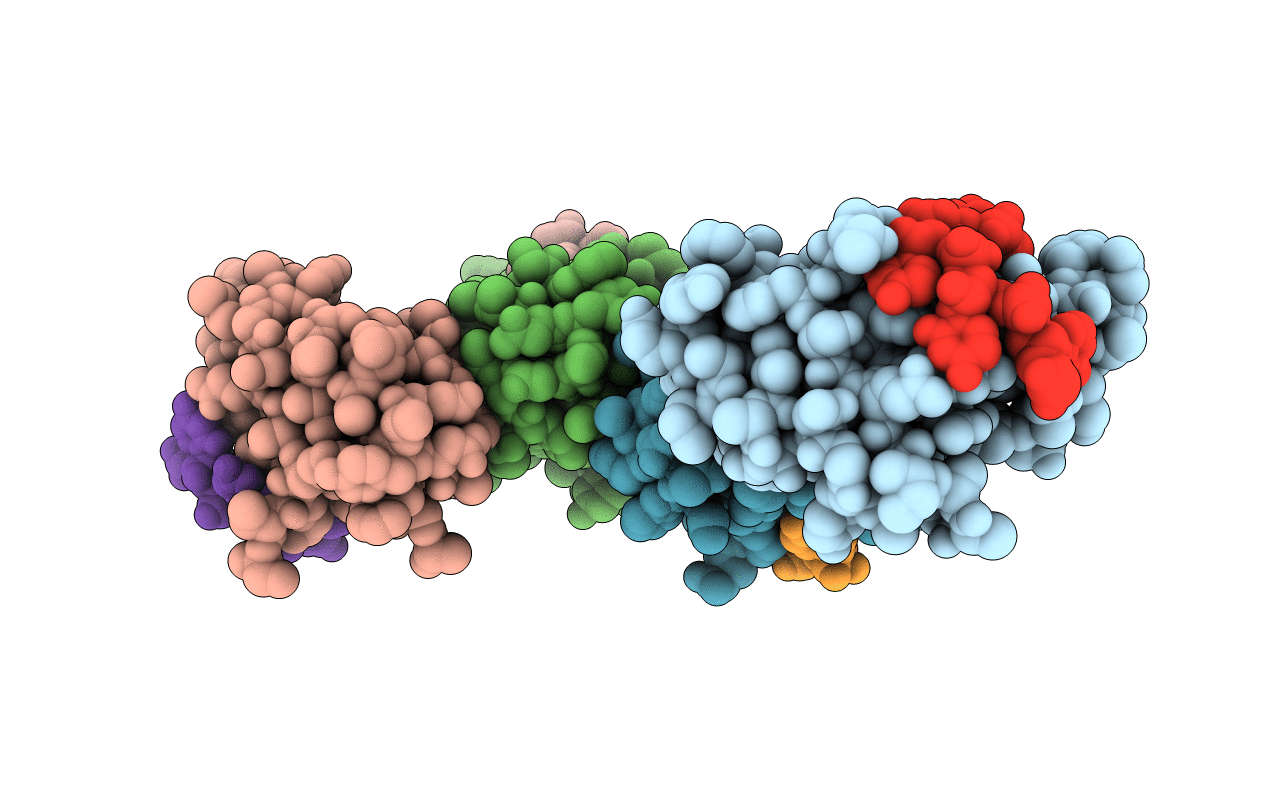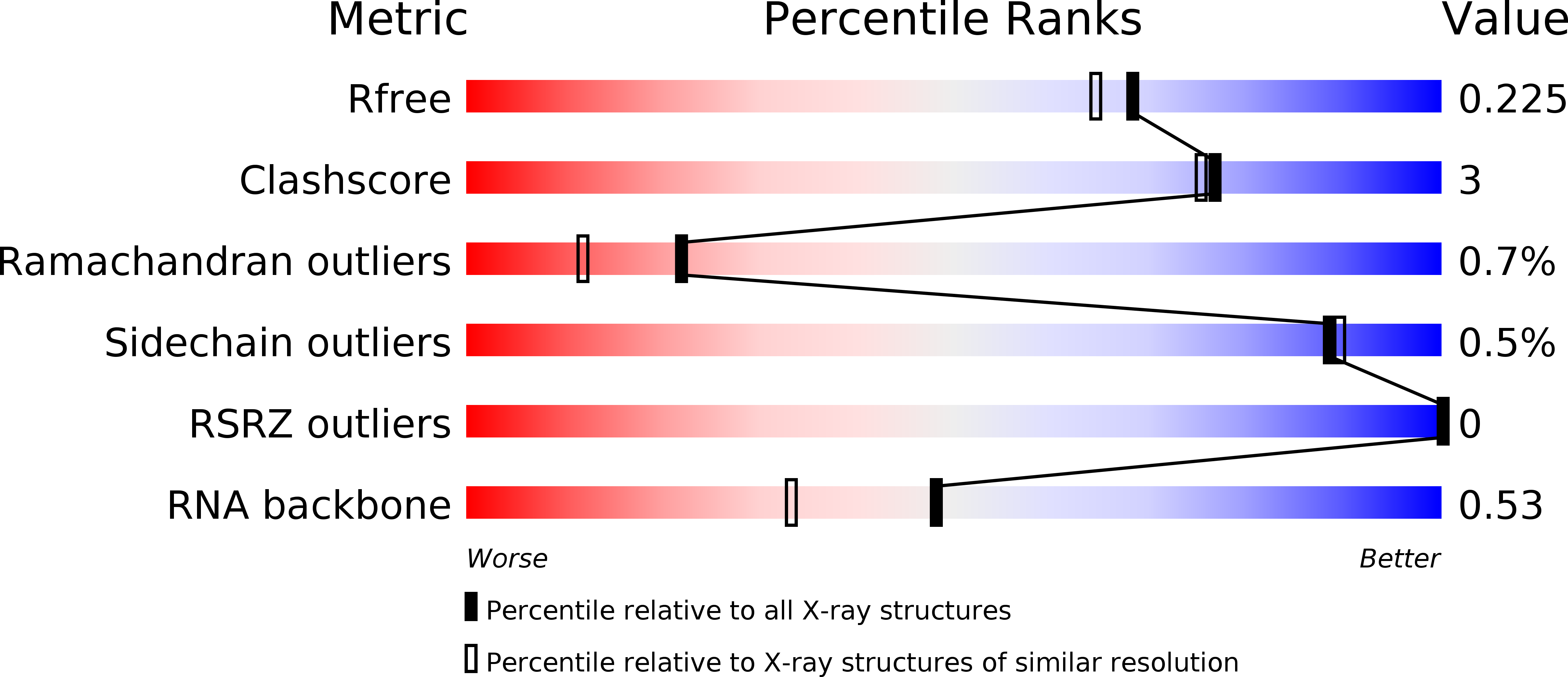
Deposition Date
2018-04-17
Release Date
2019-01-30
Last Version Date
2024-01-17
Entry Detail
PDB ID:
6GC5
Keywords:
Title:
Molecular basis for AU-rich element recognition and dimerization by the HuR C-terminal RRM
Biological Source:
Source Organism:
Homo sapiens (Taxon ID: 9606)
Host Organism:
Method Details:
Experimental Method:
Resolution:
1.90 Å
R-Value Free:
0.23
R-Value Work:
0.20
R-Value Observed:
0.20
Space Group:
C 1 2 1


